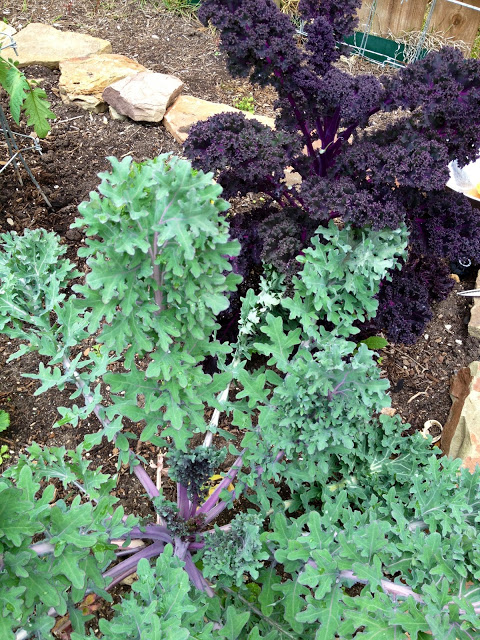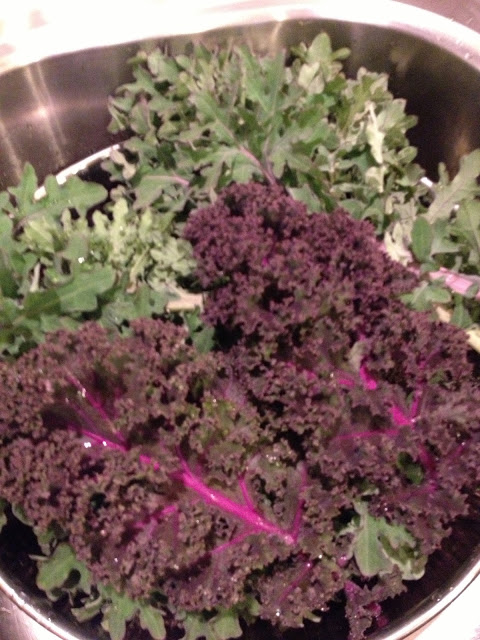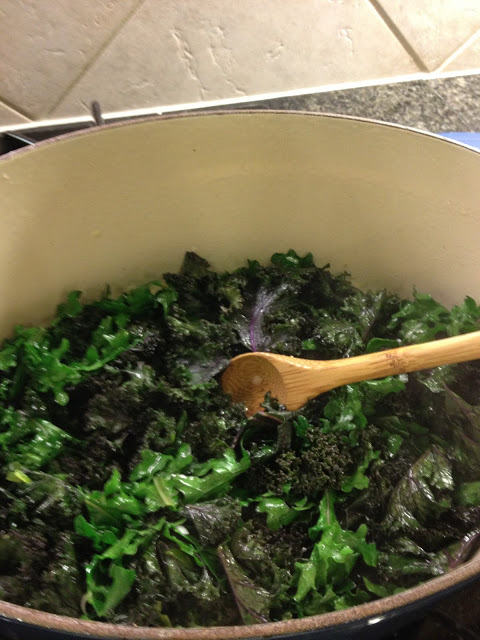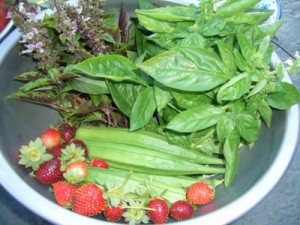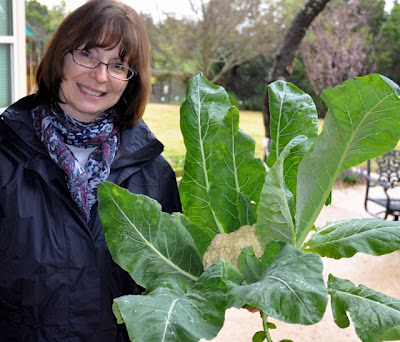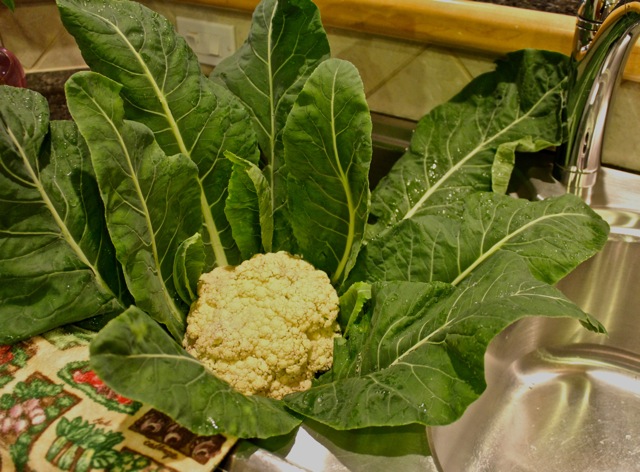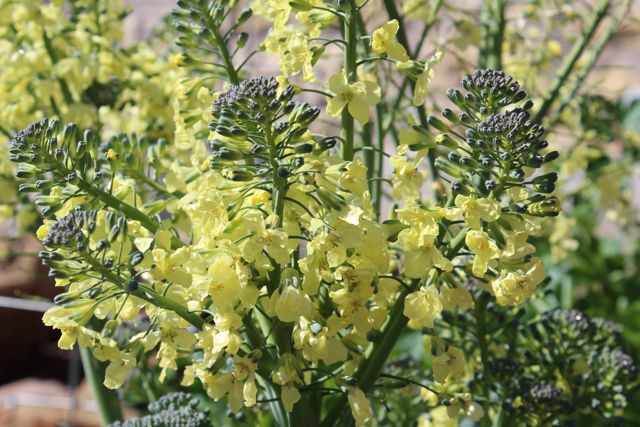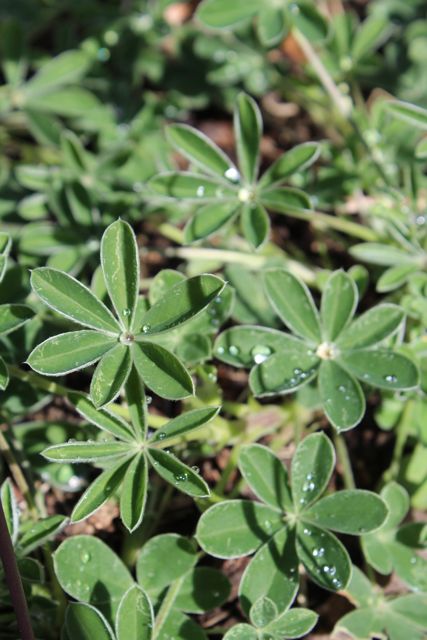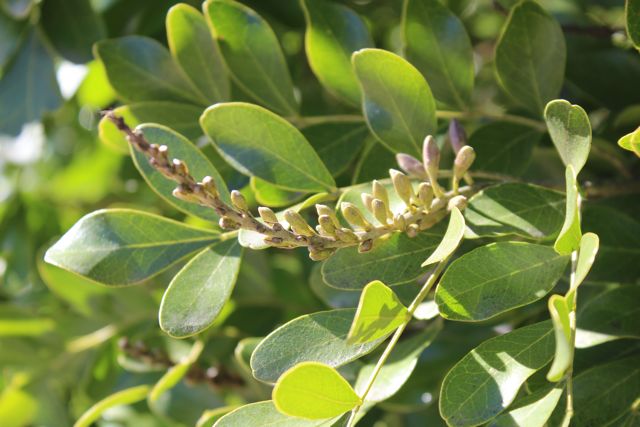Shopping for veggies for the spring garden…
A quick trip to The Natural Gardener today yielded a treasure trove of goodies for the spring garden.
I went in search of three little things: potatoes, sulfur and seed starter mix.
But I came home with so much more, including:
- a few magazines,
- a decorative hanging bell with a cord of glistening glass beads,
- a fairy garden turtle on a leaf for my daughter, who recently asked if she could have a turtle,
- seeds,
- strawberries,
- beets,
- lettuce,
- cauliflower,
- spinach,
- chard,
- daikon radishes,
- all blue and red pontiac potatoes,
- sulfur,
- and my friend Amy Stewart’s book, Wicked Plants.
I got it all into the car and then realized I had forgotten the seed starter mix. It’s funny how a trip to the nursery can turn your world upside down and make you forget things. I ran back in and grabbed a bag.
Now it’s time to get busy planting!


